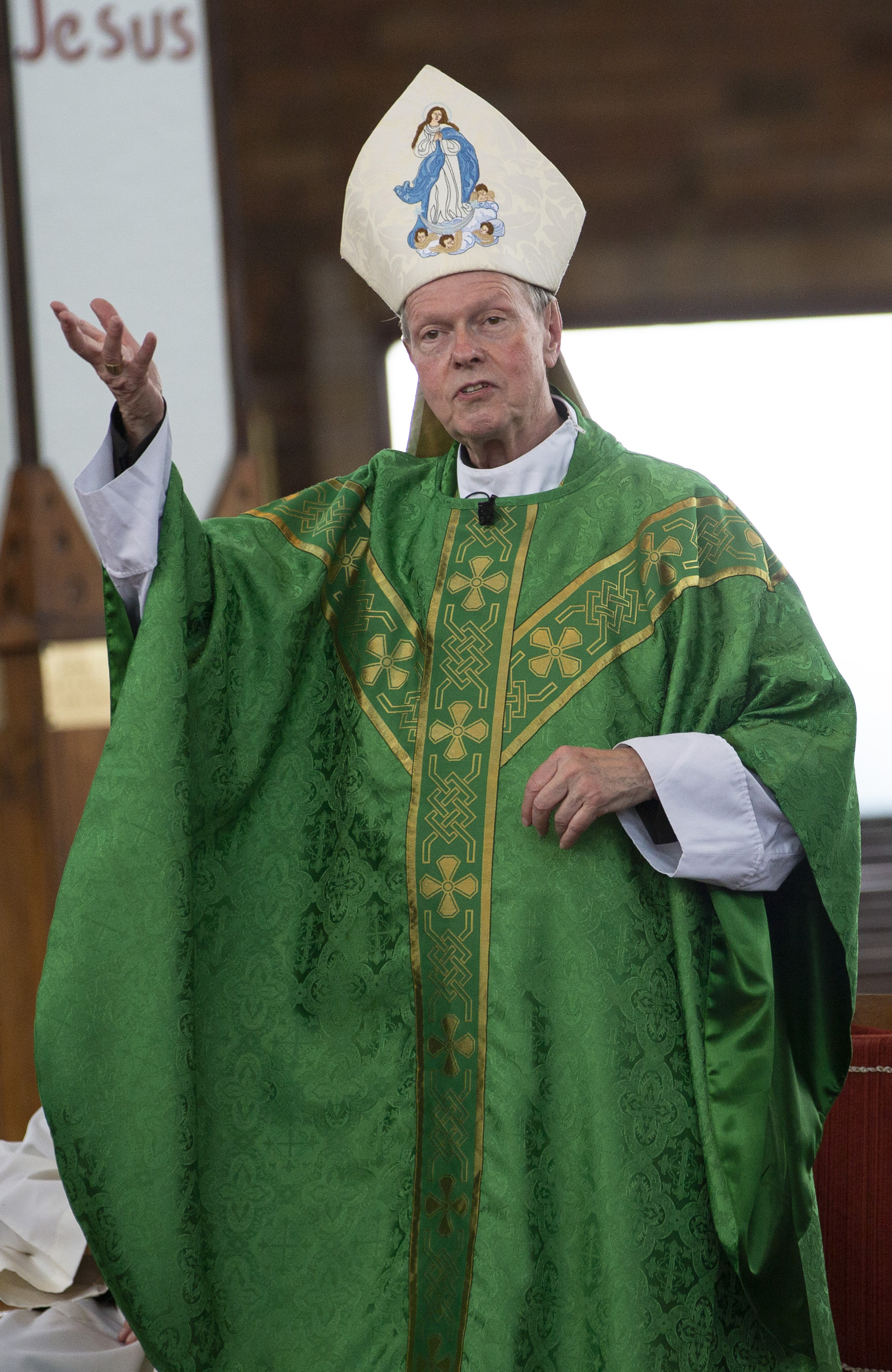December 4, 2024 at 10:06 a.m.
Second Sunday of Advent
In the Gospel we proclaim this Sunday with which the Lord has blessed us, we see the true beauty of the work of the Evangelist whose telling of the Good News we have this liturgical year — St. Luke. Look at all the details he gives us in the Gospel, all meant to situate the reader in the time period.
“ … the word of God came to John son of Zechariah in the wilderness. He went into all the country around the Jordan, preaching a baptism of repentance for the forgiveness of sins.” — Luke 3:2-3
Saint Luke the Evangelist writes: “In the fifteenth year of the reign of Tiberius Caesar, Pontius Pilate being governor of Judea, and Herod being tetrarch of Galilee, and his brother Philip tetrarch of the region of Ituraea and Trachonitis, and Lysanias tetrarch of Abilene, in the high-priesthood of Annas and Caiaphas, the word of God came to John the son of Zechariah in the wilderness; and he went into all the region about the Jordan, preaching a baptism of repentance for the forgiveness of sins.”
The Evangelist gives us all those details not only because Luke loves the stories (our Catholic tradition holds that the Blessed Virgin Mary was the main source of his information and some in the Byzantine tradition believe Saint Luke was the first iconographer, writing — which is what the Eastern Church calls “painting” — the first picture of Our Lady), but also because of his audience. Written around the year 85 AD (roughly 15 years after Mark’s Gospel) during the reign of Emperor Domitian, Luke is writing for “Theophilus,” the friend of God, and for primarily a Gentile audience who want to know more about Christ Jesus.
As I mentioned, the Evangelist Saint Luke loves history. That’s why he mentions each of these people, like Tiberius Caesar, Pontius Pilate, Herod, etc., because each of them is a historical character. No one with a sense of Roman history (or even world history) could ever claim that these leaders did not exist. This is important because it helps situate the Lord Jesus into history as well.
Say what one will — no one can deny that a historical figure by the name of Jesus of Nazareth existed. Whether or not one wishes to place faith in him as the Incarnation of God is a matter of faith, but no one in his or her right mind can ever doubt that Jesus was an actual historical figure.
History matters and I say that not only because I teach Church history. There are two ways to look at history — one way is to see it as a series of unconnected events, random occurrences that really don’t have any meaning. The other way, the proper way, in my opinion, is to view history through the lens of kairos. Yes, everything matters — the fact that you and I are here in this place, right here, right now, worshipping our God in spirit and truth, together, is part of chronology.
The fact we are now living through this odd time in the history of the world, filled with pandemics and other events, matters. Why? Because together we are living in the moment of kairos, our own personal salvation histories are all tied into the larger scheme of Salvation History in which the Lord of Time allows us to occupy.
Perhaps in our prayer this Sunday, we might wish to acknowledge our history, both our personal ones, the history of the Church, and that of the world. Do we live like the philosopher Leibniz states, “in the best of all possible worlds?” Who knows? Regardless, this is the world we have been given. Thank God for our histories that are tied intrinsically to salvation history.
- Pope Leo appoints Queens pastor as Palm Beach bishop, and Vietnam-born priest as auxiliary in Phoenix
- A lesson on bringing Jesus into our world
- With Enrique Shaw on path to sainthood, Vatican confirms you can be a holy businessman
- New archbishop ‘committed’ to immigration issues, accountability on abuse — and staying a Cubs fan
- HHS proposes new regulatory actions to prohibit gender transition procedures for minors
- Fundraiser by cancer survivor, third-grade classmates brings Christmas joy to school, community
- Pope advances causes of Argentine businessman, Spanish martyrs
- Approximately 50 Planned Parenthood clinics closed in 2025, report says
- Born in hardship, sung in hope: the quiet, powerful origins of ‘Silent Night’
- Pope urges people to protect, cultivate even smallest signs of peace, hope








Comments:
You must login to comment.